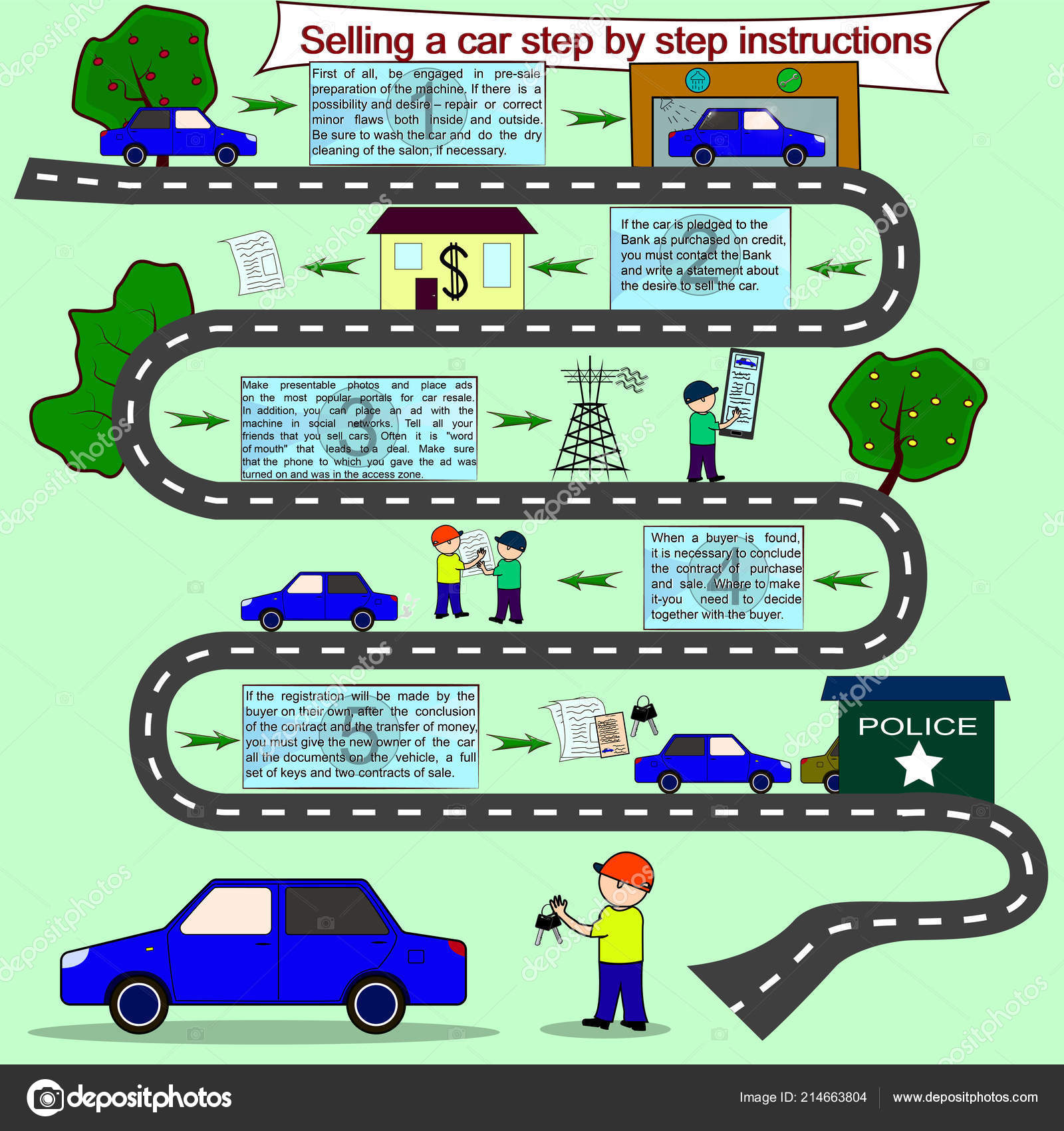Understanding Your Automobile'S Caution Lights: What Do They Truly Mean?
Understanding Your Automobile'S Caution Lights: What Do They Truly Mean?
Blog Article
Team Author-Sykes Dalgaard
When you're behind the wheel, those glowing caution lights on your control panel can be a little bit bewildering. Do you know what they're attempting to inform you concerning your auto's health and wellness? Recognizing the significance of these lights is important for your security and the durability of your vehicle. So, the following time one of those lights pops up, would not you intend to understand its message properly and take the needed steps to resolve it?
Common Caution Lighting and Interpretations
Recognize typical warning lights in your car and understand their significances to guarantee secure driving.
The most typical warning lights consist of the check engine light, which signifies problems with the engine or emissions system. If this light begins, it's vital to have your vehicle examined quickly.
The oil stress warning light indicates reduced oil stress, needing prompt interest to avoid engine damage.
A flashing battery light may recommend a faulty charging system, possibly leaving you stranded if not resolved.
The tire pressure surveillance system (TPMS) light notifies you to low tire stress, influencing vehicle security and fuel effectiveness. Disregarding this might lead to unsafe driving problems.
automotive detailing suggests a trouble with the anti-lock stopping system, compromising your capacity to quit quickly in emergency situations.
Lastly, the coolant temperature level cautioning light warns of engine getting too hot, which can result in extreme damage if not fixed swiftly.
Understanding these typical caution lights will certainly assist you attend to concerns immediately and keep secure driving conditions.
Value of Prompt Focus
Recognizing the usual warning lights in your car is only the first step; the significance of immediately attending to these cautions can not be stressed enough to ensure your security when driving.
When a caution light illuminates on your dashboard, it's your auto's means of communicating a potential concern that requires interest. Neglecting these warnings can bring about extra extreme troubles in the future, compromising your safety and security and potentially costing you a lot more out of commission.
Trigger interest to cautioning lights can avoid failures and accidents. As an example, a flashing check engine light can suggest a misfire that, if left unattended, can cause damage to the catalytic converter. Resolving https://kameronoidwq.bloggosite.com/38839333/just-how-can-mobile-automobile-detailing-transform-your-automobile-care-experience-while-guaranteeing-high-quality-discover-the-vital-elements-to-consider-before-selecting-a-detailer can save you from an expensive repair service.
Likewise, a brake system warning light could signal low brake fluid or worn brake pads, crucial parts for your safety when driving.
Do It Yourself Troubleshooting Tips
If you see a warning light on your control panel, there are a few DIY repairing tips you can attempt prior to seeking professional help.
The very first step is to consult your cars and truck's handbook to comprehend what the details caution light indicates. Sometimes the concern can be as straightforward as a loose gas cap triggering the check engine light. Tightening up the gas cap might settle the problem.
Another common problem is a low battery, which can cause various warning lights. Inspecting the battery links for rust and ensuring they're secure could repair the trouble.
If a warning light lingers, you can try resetting it by separating the car's battery for a few minutes and then reconnecting it. In addition, examining your vehicle's fluid degrees, such as oil, coolant, and brake liquid, can assist fix alerting lights related to these systems.
Final thought
In conclusion, recognizing your automobile's warning lights is important for maintaining your vehicle running efficiently and securely. By without engine steam cleaning near me attending to these notifies and understanding what they imply, you can prevent expensive fixings and potential failures.
Remember to consult your car's handbook for particular details on each cautioning light and take action as necessary to make sure a hassle-free driving experience.
Remain notified, remain risk-free when driving!
